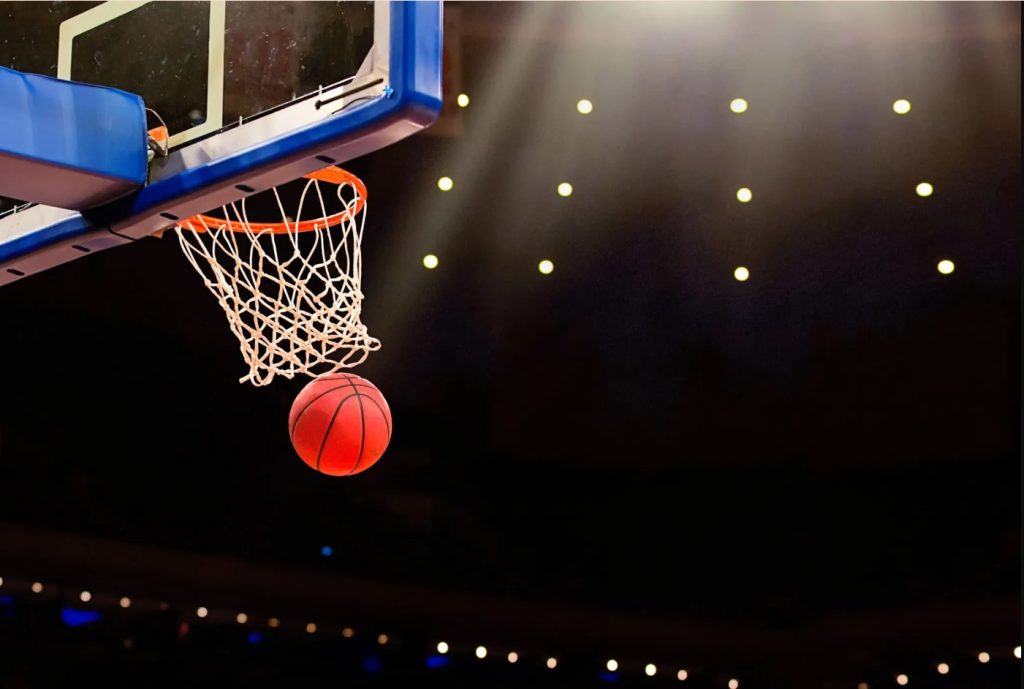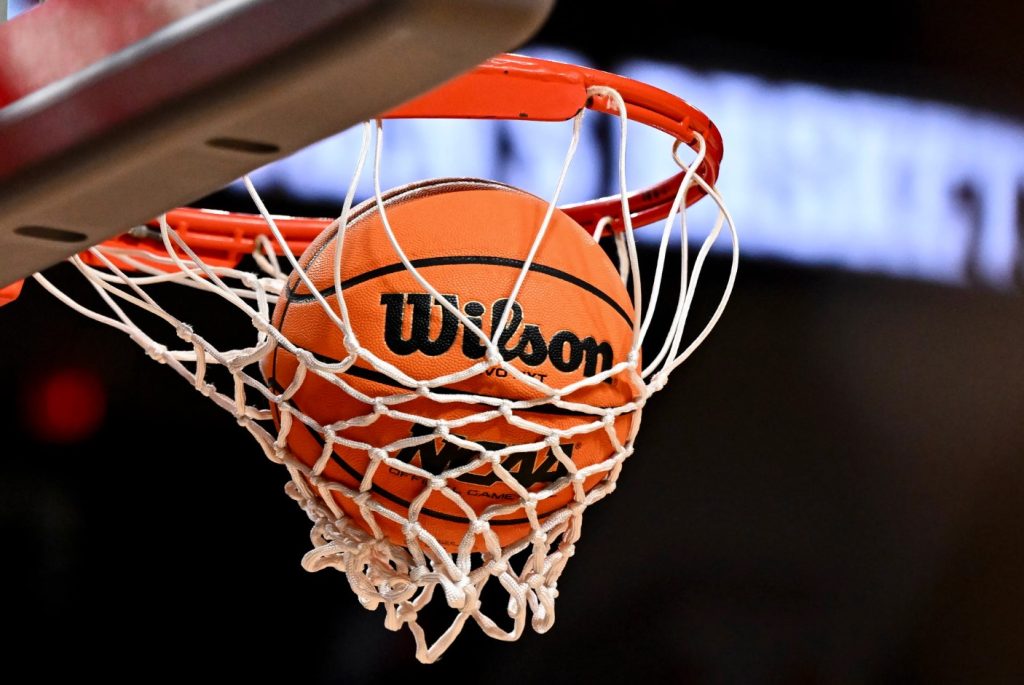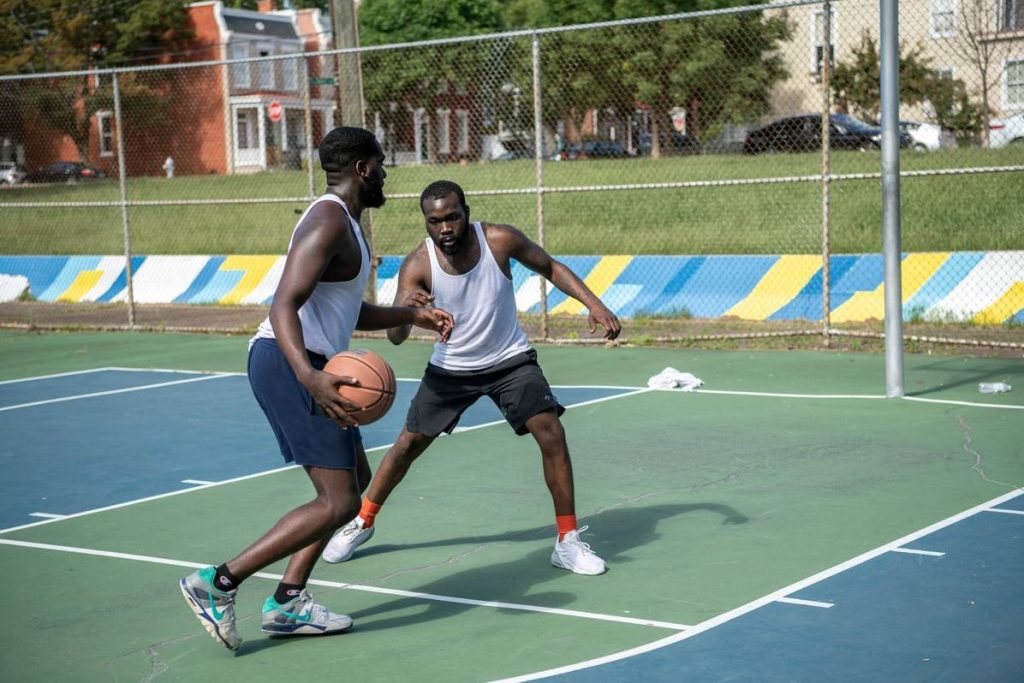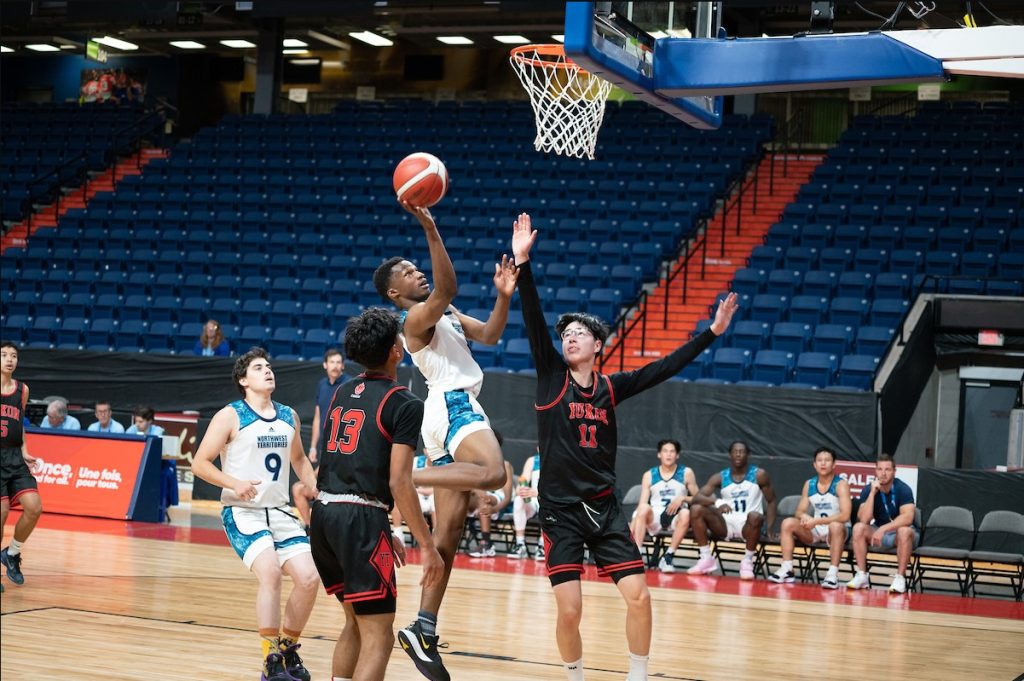In the fast-paced world of basketball, the shot clock plays a critical role in maintaining game tempo, encouraging offensive action, and reducing stalling. Whether you’re a player, coach, or fan, understanding how the shot clock works is essential to grasping the flow and strategy of modern basketball.

Table of Contents
This article explores the history, function, variations, and strategic importance of the shot clock, using tables to clarify differences across leagues and rule systems.
What Is a Shot Clock?
The shot clock is a timer designed to limit how long a basketball team can possess the ball before attempting a shot. If a team fails to attempt a shot that hits the rim before the shot clock runs out, it’s considered a violation, and possession is turned over to the opposing team.
In short, the shot clock forces teams to keep the game moving and take a shot within a specified time.
Why Was the Shot Clock Introduced?

The shot clock was first introduced in the NBA in 1954 to eliminate stalling and make the game more exciting. Before the shot clock, teams that had a lead could simply hold the ball indefinitely, resulting in low-scoring, sluggish games.
Historical Snapshot
- NBA Before Shot Clock: Games averaged 79 points.
- NBA After Shot Clock: Games surged to over 90 points almost immediately.
How the Shot Clock Works
The clock starts when a team gains possession of the ball and resets under certain conditions (like a shot hitting the rim or a defensive foul). If no shot is attempted within the time limit, it’s a shot clock violation.
Table 1: Common Shot Clock Scenarios
| Scenario | Shot Clock Action |
|---|---|
| Team gains possession | Shot clock starts |
| Shot hits rim and team gets rebound | Shot clock resets |
| Shot misses rim, team recovers | Shot clock does not reset |
| Defensive foul | Shot clock resets (varies by league) |
| Violation or turnover | Shot clock resets for new team |
Shot Clock Time Limits by League
Shot Clock Duration by League
| League/Level | Shot Clock Duration |
|---|---|
| NBA | 24 seconds |
| WNBA | 24 seconds |
| FIBA (International) | 24 seconds |
| NCAA (Men’s) | 30 seconds |
| NCAA (Women’s) | 30 seconds |
| High School (Some states) | 30 or 35 seconds |
| Youth Leagues | Often no shot clock |
Note: Some U.S. high school associations are adopting the shot clock, but it’s not yet nationwide.
Shot Clock Reset Rules
Reset rules vary slightly between leagues, especially after offensive rebounds or fouls.
Shot Clock Reset Rules by League
| Situation | NBA/FIBA/WNBA | NCAA (Men & Women) |
|---|---|---|
| Full reset after change of possession | 24 sec (NBA/FIBA) | 30 sec (NCAA) |
| Offensive rebound (ball hits rim) | Reset to 14 sec | Reset to 20 sec |
| Defensive foul before bonus | Reset to 14 or 24 sec | Reset to full 30 sec |
| Shot clock violation | Ball to opponent, 24 sec | Ball to opponent, 30 sec |
Strategy and the Shot Clock

The shot clock introduces a strategic dimension to basketball. Coaches and players must balance time management with offensive execution. Here’s how it affects gameplay:
Offensive Implications
- Forces quick decision-making.
- Encourages more possessions per game.
- Reduces excessive dribbling or passing without purpose.
Defensive Implications
- Teams can play aggressively to force late clock decisions.
- Defenders can use the clock as an “extra defender.”
- Good defenses often pressure harder as the shot clock winds down.
Shot Clock’s Impact on Strategy
| Aspect | With Shot Clock | Without Shot Clock |
|---|---|---|
| Game Tempo | Fast-paced, more possessions | Slower, deliberate play |
| Scoring | Higher average scores | Lower scoring potential |
| Fan Experience | More excitement and drama | Risk of boring or stalled games |
| Team Tactics | Time-sensitive offensive sets | Time-wasting strategies possible |
Shot Clock in High School Basketball
Not all high school associations in the U.S. use a shot clock. This creates a notable gap between youth and college-level competition.
- States that use a shot clock: California, New York, Massachusetts, Illinois, and others.
- Shot clock duration: Usually 30 or 35 seconds.
- Arguments for it: Prepares players for college, speeds up the game.
- Arguments against it: Cost of equipment, need for extra personnel to manage it.
Controversies and Misunderstandings
Misconception: You must make the basket before the clock expires.
Misconception: The shot clock starts when the ball is inbounded.
Truth: The shot clock starts when a player gains possession after the ball is legally in play.
Technological Integration
Modern shot clocks are integrated with:
- Game clocks and scoreboard systems
- LED light strips around backboards to indicate expiration
- Automated reset systems triggered by rim sensors or referee input
Historical Moment: The First Shot Clock Game

- Date: April 22, 1954
- Teams: Rochester Royals vs. Boston Celtics
- Result: Game flowed better, with more excitement
- Impact: NBA officially adopted the 24-second rule
Why 24 Seconds in the NBA?
The original formula was derived by Danny Biasone, owner of the Syracuse Nationals.
- He wanted around 60 shots per team per game.
- Game time: 48 minutes = 2880 seconds
- 2880 seconds ÷ 120 shots = 24 seconds per possession
The Shot Clock’s Lasting Impact
The shot clock is one of the most important innovations in basketball history. By ensuring a continuous flow of play, it eliminates stalling, boosts excitement, and adds a layer of strategy to every possession. While its rules vary slightly across levels, the core concept remains the same: you’ve got limited time—make it count.
Whether you’re a coach designing plays, a player honing your timing, or a fan watching from the stands, understanding the shot clock deepens your appreciation for the modern game.

